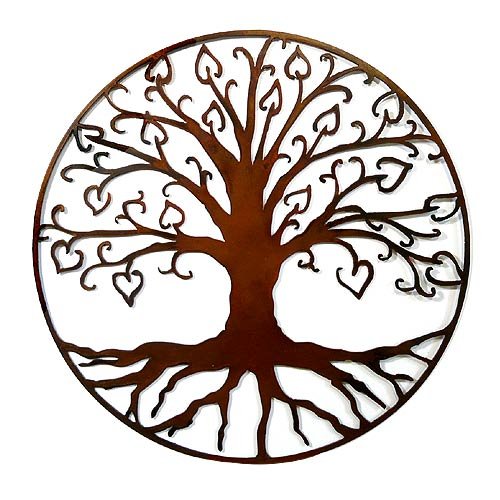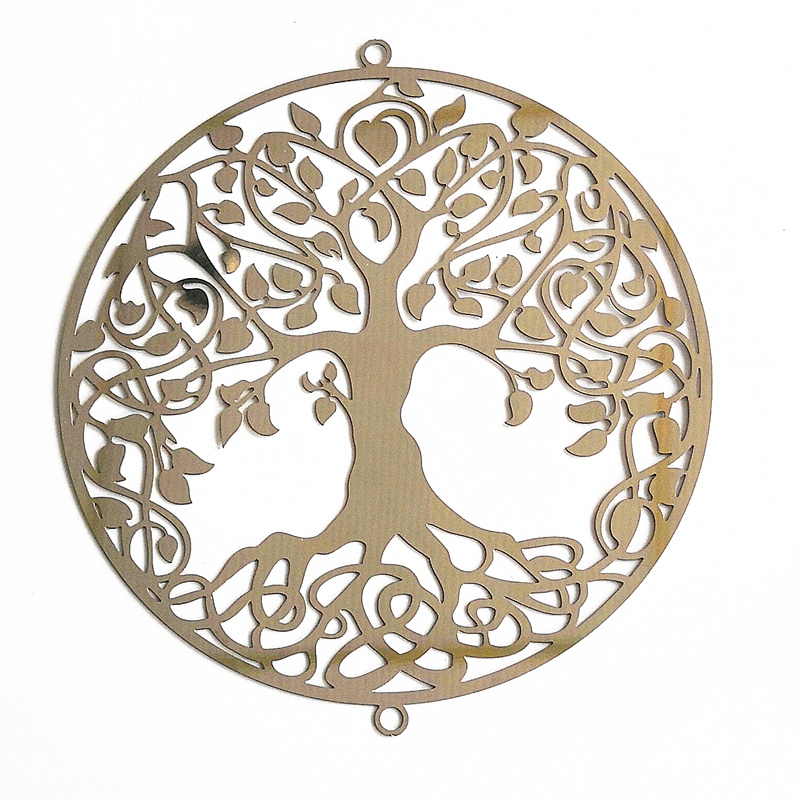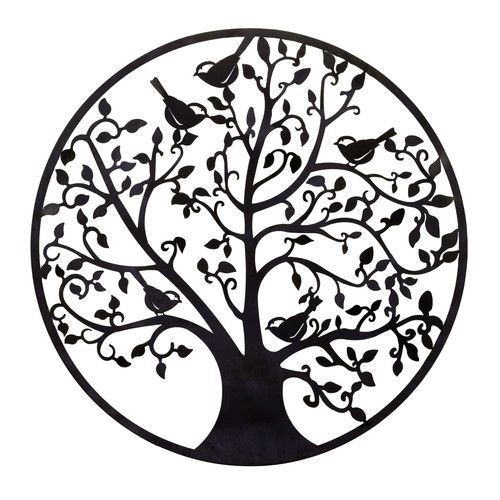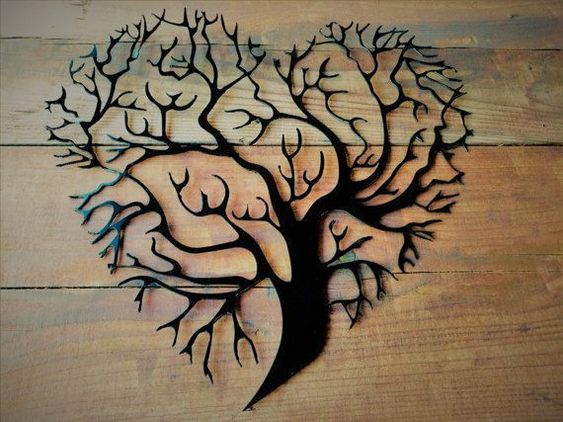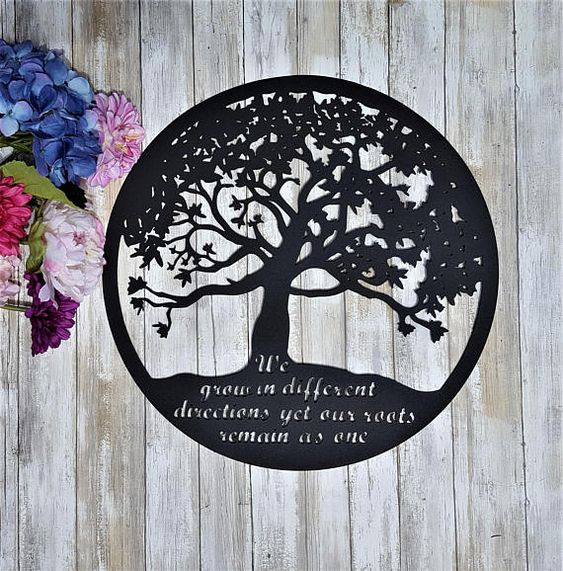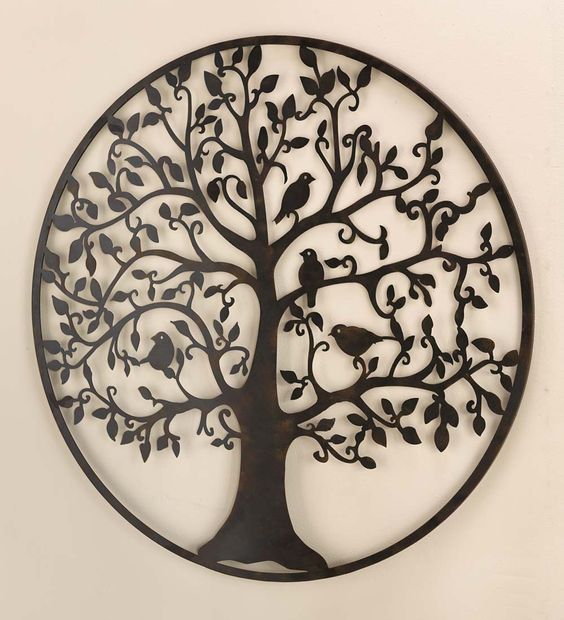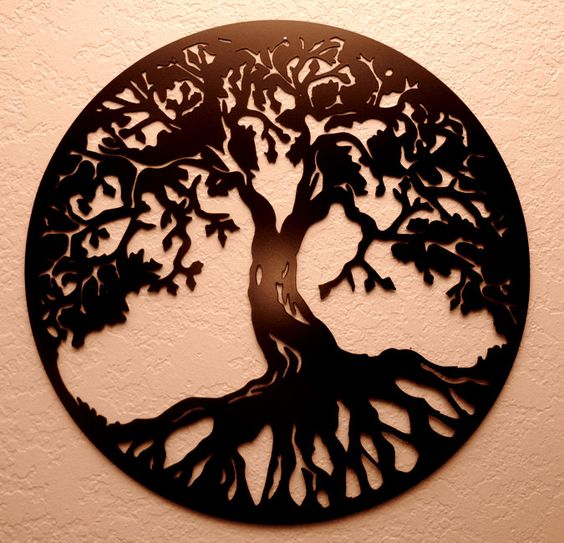Question 2: What dot size do you recommend for imaging and FM network printing?
   Creo: According to the CTP system, all dot sizes can be imaged (10~70μm). For reliable printing, dot size is adjusted according to printing conditions and the roughness of the paper and its surface. For commercial sheetfed and web printing, we recommend using 20 or 30μm dots. 10μm dots can also be used for high-grade prints or special applications.
Esko-Graphics: All plates can achieve the best results with 20xm dots. Our CTP system can reduce the dot size to 10μm (2540dpi) or even 7μm (3200dpi), but the entire process needs to be constantly monitored during the printing of the FM network.
Fujifilm: Too small dots will cause the printing plate to absorb ink unevenly, the dots in the printing will be enlarged, the printing process will be unstable, and it will take more time to calibrate the machine. A 1% fluctuation in the printing process will cause a 5% change in halftone. Too large dots will produce a rough feeling in the subtle levels and brightness of the image. The Fujifilm recommended dot size is 21μm.
Heidelberg: According to a large number of experiments, Heidelberg's recommended outlet size is 20μm. Printing experiments show that dot reduction does not bring about visually visible improvements on the printed sheets, but the need for increased costs for a stable printing process also increases the risk considerably.
Krause: For the stable imaging of the FM network, Krause recommends the following dot sizes: 30Lm for silver halide (3x3 pixels for 10μm dots at a resolution of 2540dpi); 20~30μm for polymer plates (2x2 or 3) ×3 pixels), depending on the laser intensity and print resistance.
Problem 3: CTP system for imaging silver halide plates and photopolymer plates with inner drum and one violet laser diode (405nm) as the light source and using infrared diodes (830nm) as the heat source for imaging the thermal plate What are the advantages and disadvantages of the drum system?
   Creo: This issue involves three printing plate technologies, two CTP structures, and two imaging light sources, which cannot be answered in detail here due to lack of space. Therefore, only one aspect is involved: The inner drum and outer drum systems using only one diode have no reliability in terms of diode failure. External drum systems using multiple diodes have at least 50% reliability. The square point technology using TLV (transmission light valve) provides 100% reliability due to built-in redundant components.
Esko-Graphics: The inner drum system with violet laser diodes is more flexible than the outer drum system with infrared diodes and can better meet the requirements of the printer by imaging silver halide and polymer plates at six resolutions. For example: 1200 dpi for rare books in printed sleeves, 1800 dpi for local newspapers, 2400 or 2540 dpi for parts printing, and 3200 dpi for high-end and security printing.
Fujifilm: Advantages of Inner Drum/Violet Laser Diode/Polymer Plates: Compared with the investment, the productivity is high, the replacement of diodes is cheap, and the change of plates is fast. Disadvantages: Under yellow light treatment, the system stops working when the diode is damaged. Fujifilm's system provides dual lasers, which guarantee 50% production when the diode fails.
Advantages of Outer Drum/Multiple Infrared Diodes/Heat Plates: The plate has a larger tone range and can be processed in daylight. Disadvantages: High investment costs; low productivity when compared to the investment costs of other systems; higher cost with multiple diodes; and different energy emission due to different ageing of diodes.
Outer Drum/GLV Technology/Thermal Plates Advantages: The plate has a large range of tonal adjustments and is processed under daylight. The energy distribution of all the dots is even. Disadvantages: Compared with the investment cost of other systems, the productivity is low, the heat source cost is high, and the production stops when the laser fails.
Heidelberg: Infrared (thermal) technology has a wide range of advantageous properties. Purple lasers have different properties due to the limitations of silver halide and polymer plates. In this way, many manufacturers make thermal plates. Other standards: daylight (infrared) or yellow (violet laser) available for manual processing of plates; thermal and polymer plates for printing and baking with UV inks; available on thermal and silver halide plates Fine mesh imaging. Thermal technology is not suitable for waterless offset printing and plate-free imaging.
Löscher: The advantage of a single beam recorder at 405 nm: The plate is stationary and the imaging time is short. Usually only one light source is used, and the focusing range is large. Single-beam recorder 405nm disadvantage: Only one diode manufacturer, diode life 5000 ~ 10000h; diodes will shut down when the system is damaged, limiting the use of large-size, silver salt version can not be baked version, plate makers less, development processor The cost of cleaning is about 4 factors higher than that of chemical products, and the price of chemical products is about 3 factors higher than that of solar products. With limited daylight treatment, the plate resolution is low.
Advantages of the thermal recorder 830am: The plate is stationary (only on the Xpose model), there are many diode and plate manufacturers, daylight processing, low plate prices, good environmental protection of chemicals, some positive and negative The plate can be baked and the system does not shut down when the diode is damaged. Disadvantages of the 830nm thermal recorder: High laser energy and multi-mirror groups are required, and the focus range is small. The future belongs to the free-handling plate.
Question 4: How to evaluate the dot definition and image quality of inner and outer drum systems using light sources or heat sources?
Creo: There are differences in the structure of the CTP system regardless of whether the plate thickness is fixed or continuously focused. Only autofocus ensures accurate and stable dot formation. Poor focus or large depth of focus also does not achieve the quality of continuous autofocus. Because only a few manufacturers integrate continuous autofocus in their systems.
Esko-Graphics: CTP plates can be imaged equally well in both system configurations. In the inner drum, single or dual beams are imaged with a flexible resolution and dot size. The outer drum rotates slowly and requires many diodes, and the dot size is fixed.
Fujifilm: The dot resolution of the thermal system is slightly higher than that of the polymer system. The difference between the two lies in the resolution of the plate, not the source of light or heat.
Krause: The use of a violet laser diode and a good beam-focusing CTP system combined with photopolymer plates can provide outstanding image quality in printing plates and printing.
Lithotech: On the outer drum system, this technique is homogeneous due to the short distance between the imaging light source lens group and the plate, and it is also insensitive to vibration and oscillation. This produces excellent image quality. The internal drum system can produce large errors due to misalignment and mechanical wear after a long period of use. There is no significant difference between the new system with good regulation and standards.
Löscher: Because of the dual performance of the thermal plate, its dot resolution and resolution are much higher than those of silver salt plates and photopolymer plates.
Fujifilm: The price difference is mainly due to laser technology, not the inner drum or the outer drum. Due to high power lasers, thermal systems are 20% to 30% more expensive than polymer systems.
Question 5: How long is the life of the violet laser diode and infrared diode (image hours)?
Creo: Infrared diodes are about 5000-8000h.
Esko-Graphics: violet laser diode is about 25000h, infrared diode is about 8000h. GLV (grating light valve) technology is quite expensive because the entire optical system needs to be replaced.
Fujifilm: violet laser diode is about 5000h, infrared diode is about 1000~5000h.
Heidelberg: violet laser diode about 10000h, infrared diodes about 5000h.
Krause: Our violet laser diode guarantees 10,000 hours of imaging, which is equivalent to about 240,000 plates of 70cm x 100cm size.
Löscher: Our Xpose system works with a 1W laser diode and its lifetime is between 25,000 and 50000 hours.
Question 6: What is the price for replacing a violet laser diode or infrared diode and a full set of imaging heads?
Creo: The imaging head or optical system consists not only of diodes, power components and some other components, but if other important components are also integrated, such as continuously working autofocus systems or redundant diodes, then the price is certainly higher. It is suggested that a maintenance contract be concluded to solve the replacement problem, which will save the question of asking prices.
Esko-Graphics: A full set of laser/mirror units includes a violet laser diode of approximately 7,000 euros; an external drum system has a total imaging head of approximately 25,000 euros.
Fujifilm: The violet laser diode plus installation costs about 13,750 euros and the infrared diodes about 1,350 euros (including installation). The thermal system uses 16 to 64 infrared diodes. Some systems require the replacement of a full set of imaging heads.
Heidelberg: Violet laser diodes approximately 9,000 to 10,000 Euros (entire shot), infrared diodes approximately 1,000 Euros on 32-channel heads, approximately 1,500 Euros on 64-channel heads.
Question 7: How much time does it take to calibrate, check and adjust each week?
Creo: For a square-point imaging system, Creo's CTP system does not actually need to spend time to calibrate and check.
The Esko-Graphics:Platedriver type CTP system outputs and inspects test strips every 30 minutes.
Heidelberg: After installing the recorder for the first time, it does not take time for imaging to calibrate, check and control. Silver halide plate development takes time to clean up. In order to visually assess the quality of the entire process, we recommend using our test strips on each plate.
Krause: Sensors are installed in the optical path to collect diode power and automatically adjust. Depending on the environmental conditions, we recommend cleaning the one-way mirror every week.
Lithotech: Our recorder uses automatic adjustment. Only 10% of the sensitivity changes during the plate change, and the laser power matching is required, which takes about 10 minutes.
L?scher: It is recommended to test the focus every week (not mandatory). In addition, the control strips were imaged on each plate and checked at regular intervals.
Question 8: What technical innovations drupa will demonstrate? For example, can GLV (grating light valve technology) crowd out the external drum system?


